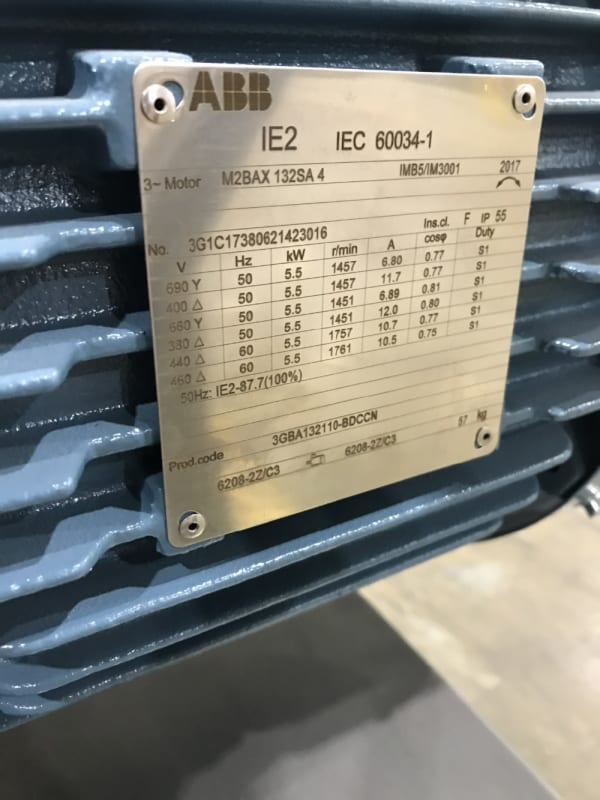Subystud
Chemical
- Jan 12, 2012
- 60
So the motor rating is shown with 6 different voltages and 4 different frequencies. But then at the bottom states "50Hz: IE2-87.7 (100%)". I'm in the US so trying to wire to 460V/60Hz/3ph. Can this motor be wired for 50 Hz or 60Hz? Now, if a variable frequency drive is used, the 50Hz or 60Hz doesn't matter, correct?
Thanks,
Rob
Thanks,
Rob

